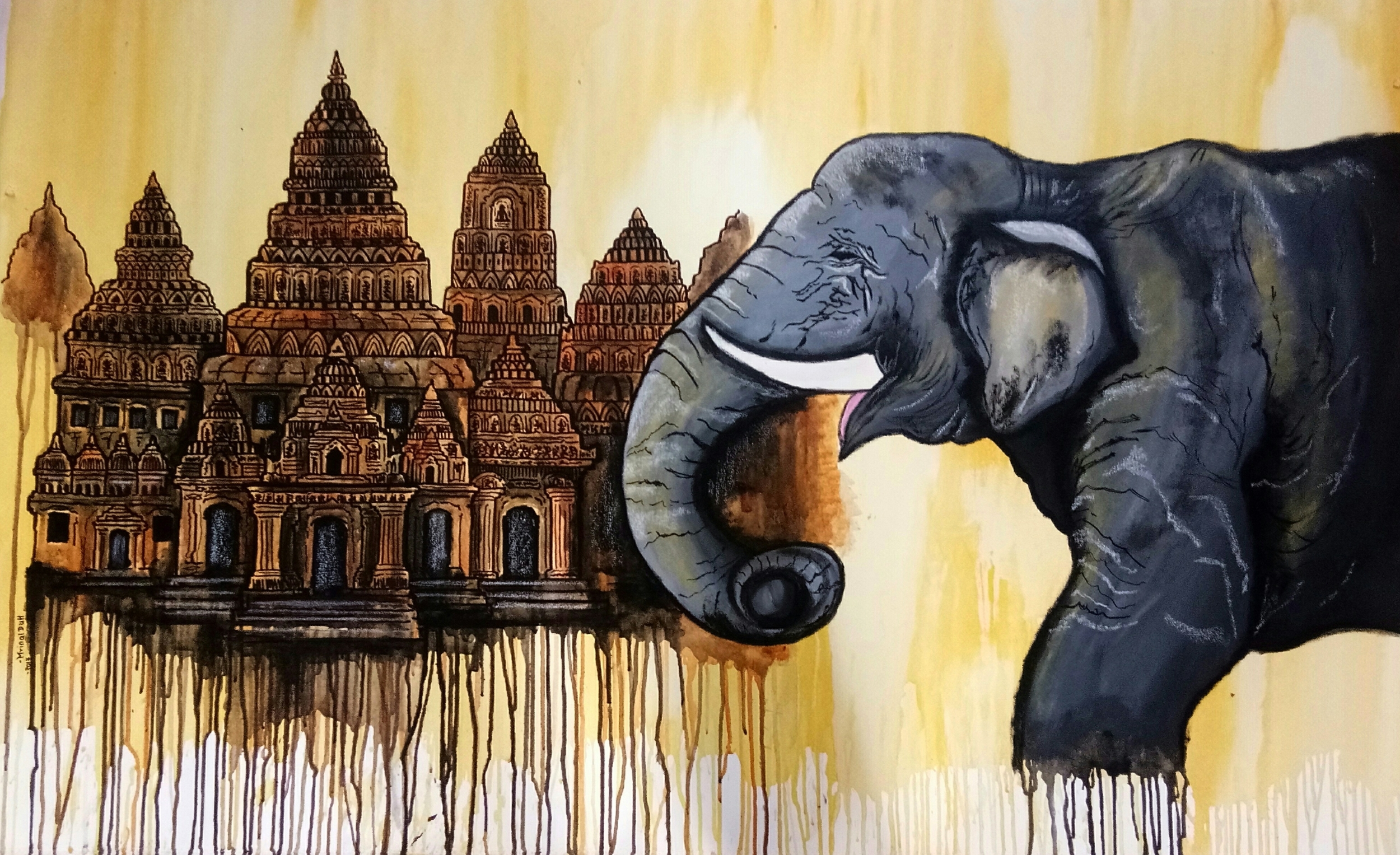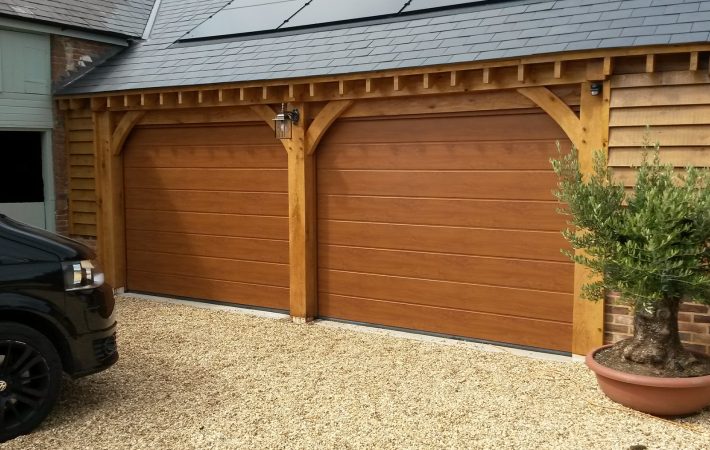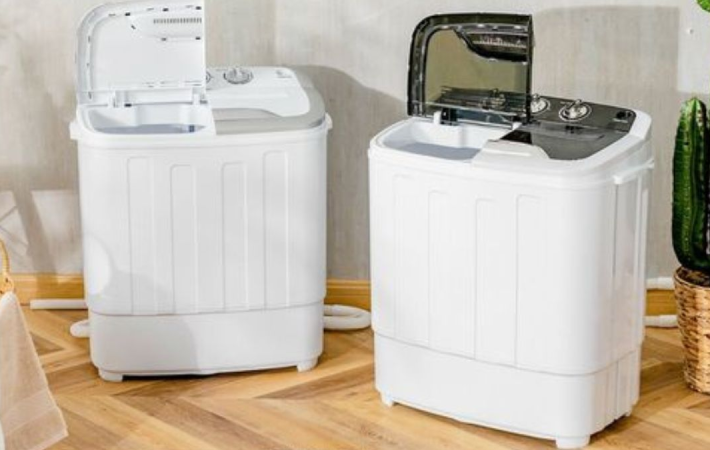Landscape paintings, since the beginning of centuries, have been able to capture the beauty of nature and rely on many tools and techniques in the pursuit of depth, light, and dynamic interplay between the elements of the natural world. From the old oil paintings to the relatively new digital works of art, landscape artists use a healthy number of materials and methods to make their works come alive.
Whether the painting be of a calm rural landscape or merely assuming the raw potency of a mountain range, it is at the maker’s decision about the tools and techniques to be used by the artist that establishes a landscape as moving and lifelike. Let us investigate some of the basics for work in this art field.
1. Brushes: The Backbone of Detail
But perhaps the most important part of the brush is its variety in shape, size, and materials. In them, effects acquired differently have been incorporated. Most traditional techniques of oil or acrylic painting represent strokes as if in big sweeps or tiny details through the use of brushes.
- Flat Brushes: Best applied to large areas of color or for sharply defining straight lines to paint skies, water, fields. Use these brushes to block in the base of a landscape.
- Filbert Brushes: Rounded edge and versatile enough to use for softer edges on natural features, like foliage, trees, and clouds.
- Round Brushes: Smaller size and very detailed; excellent for detail work on far objects or fine texture such as leaf veins, or intricate water reflections.
The pressure and speed at which the painter applies the brush may permit him to vary the paint’s flow in a texture range-from the rugged mountain ridge to the placid lake surface.
2. Paints: Oils, Acrylics, and Watercolors
And not least, the choice of the right paint is similar to the decision to take the right brush. There are several varieties of paints, each with a different surface texture, dries up at a specific speed, and produces a certain depth of color that all work together to either help or hinder your landscape painting.
- Oil Paint: Oil paint is known for being able to achieve superior colors and long drying times, making it suitable for applying in traditional landscape paintings. Its slow-drying time allows artists to blend colors effectively, perfect for the atmospheric effects of light and shadow. This also allows working in layers; this is called “glazing,” which creates an intensified depth and luminosity of the painting.
- Acrylic Paint: Because acrylic paint dries much faster than oil paint, it is often favored by modern artists who want to work fast. Acrylics are flexible-it can be used to create opaque, transparent, and even mixed layers. Though they cannot be blended as smoothly as oils, acrylics contain a brighter color palette and are adaptable to virtually any kind of surface.
- Watercolor: Watercolors are the best medium to create soft, transparent effects that help draw attention to the fleeting, light, and atmospheric qualities of landscapes. They work particularly well with areas painted sky, fog, or water reflections, where subtle transitions are needed.
Every medium has its own specific application. Oil: wet-on-wet technique; watercolor: layering with transparent washes.
3. Palettes and Mixing Tools
A palette is the place where the artist mixes his color paints to achieve the desired hues and tones for a beautiful landscape painting. In oil painting, a glass palette or wood palette was traditionally used; however, with acrylics, disposable palettes or plastic palettes are more popular as cleaning up is easier.
- Palette Knives: It is used to mix pigments. Palette knives are often used in painting landscapes to create thick textures, such as in mountain ridges, rock surfaces, or tree bark, among others. The sharp edge also could be used to scrape paint back to reveal previous layers for an added texture.
- Color Mixing: Mixing of colors is another very fundamental application in landscape painting. Complimentary colors are most often mixed to capture the natural colors present. For example, through the mixture of several shades of blues, greens, and white, a sky, ocean, and distant hill could be created. Many artists also take up the “limited palette” approach where a restricted number of colors can create harmony and depth in their work.
4. Canvas and Surfaces
The texture and view of the landscape painting can be significantly affected by the choice of surface. The typical surface used in traditional landscape paintings are a medium-pitched canvas, wooden panels, and watercolor paper.
- Canvas: The number-one surface for oil and acrylic landscape paintings, canvas comes in varying textures-for fine detail work or a more expressionistic, tactile finish. Material of the canvas-too linen or cotton-will also affect the surface texture and durability of the work.
- Wood Panels: Wood panels are often preferred as one wants to achieve a smooth, hard surface, or because the finish needed is fine grained and detailed in landscape work. Wood surfaces will also absorb paint differently and give a more matte finish.
- Watercolor Paper: Since watercolor landscape paintings do require the texture of paper, each variety of paper will yield a different kind of texture on which the watercolor paint interacts differently with the surface, sometimes forming soft transitions and at other times hard transitions between colors.
5. Techniques for Representing Landscapes
Landscape artists use several painting techniques to translate nature onto a canvas by showing the depth, light, and air in the scene.
- Layering and Glazing: Layering of techniques is, in fact, a very popular technique with oil painting. Some artists just like the layering colors and textures together in their landscape paintings or the depth to be enhanced by glazing-some washes of transparent paint over the dried layers.
- Wet on Wet: This is a wet-on-wet technique which people often do in oil painting. Here, wet paint is placed on a wet surface. This method tends to depict blend of colors and soft blending transitions, hence if you would like to paint the sky, distant mountains or create water reflections.
- Dry Brush: This is an application of the brush dry, and after using a dry brush with thick paint on a dry surface leaves a rough, textured effect. It’s actually quite good for foliage or tree bark and rocky surfaces in landscapes.
- Glazing and Scumbling: It is the merger of both techniques that produces depth and atmosphere. Scumbling is the rubbing over a drier underlayer with a lighter coat of paint so that some of the underpainting show through it. It will create texture and an atmospheric effect really useful in the painting of distant landscapes or misty scenes.
6. Light and Shadow: Depth on Scene
The most important feature of a landscape painting is catching the effects of light and shadow. The very same landscape may appear completely unlike itself at different times of day or seasons, under different kinds of weather conditions. The artist trains his eye to see the light and how it falls upon various features: mountains, trees, and water.
- Chiaroscuro: This technique, used to increase the contrast between light and shadow, provides depth and drama to the scenery. It assists in producing three-dimensionality in natural forms like rounded hills’ curvaceous shapes or the reflective surfaces of a lake.
Concluding Up!
Landscape painting, as an art form, is always one of the great means by which artists can interpret the reality around us with such beauty. With the right combination of tools, from brushes and paints to palettes and canvases, and a deep understanding of techniques such as glazing, wet-on-wet, or light manipulation, artists can produce breathtakingly beautiful works that actually transport the viewer into the very heart of nature. Whether it is the spectacular hue of an apogee sun or the subtle facets of a placid river, a painting depicts the quintessence of the earth that makes us love its majesty and its serenity.






Leave a comment
Your email address will not be published. Required fields are marked *